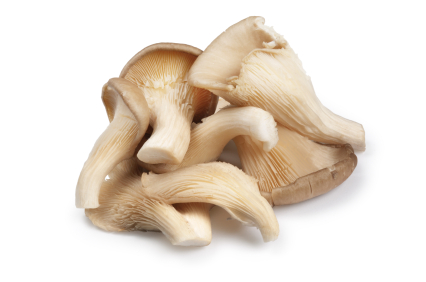
Expand your garden and try your hand at growing mushrooms. Growing mushrooms is not as complicated as it may seem once you have acquired the right conditions. Plus, mushrooms are filled with protein, vitamins, antioxidants, and nutrients, and they are fat-free and low in calories. They add variety to any meal!
Mushrooms are fungi. They do not grow from seeds, but rather grow from spores—spores that are so small you can’t see them with the naked eye. Because spores are so small, they are often combined with substrates including sawdust, grain, wooden plugs, straw, or wood chips. There are many great ready-made mushroom growing kits that provide all of the materials.
Spores, or spawn, will need to be combined with a nutrient-rich growing medium, such as manure. To start the growing cycle, place your spawn, plus manure, in a pan on top of a heating pad to raise the temperature to 70 degrees F for about three weeks. After three weeks you should see some roots that will look like tiny threads, which are call mycelium. Once your mushrooms have rooted, drop the temperature to around 55 to 60 degree F.
Mushrooms grow optimally in dark, cool, and humid environments. A basement could be the perfect spot, or under your sink. Check your grow location to make sure the temperature is consistent throughout the day, prevent direct heat, and avoid drafts. Every mushroom variety has slightly different growing needs; before getting started research your variety.
In 3-4 weeks mushrooms should appear, and when the caps have fully separated from the stem, your mushrooms are ready to eat. With mushrooms that you’ve grown make stuffed mushrooms, mushroom pasta or pizza, or sautéed mushrooms.
Common mushrooms varieties to grow from home:

Crimini
Maitake
Portobello
Oyster
Shiitake
White button







